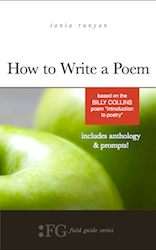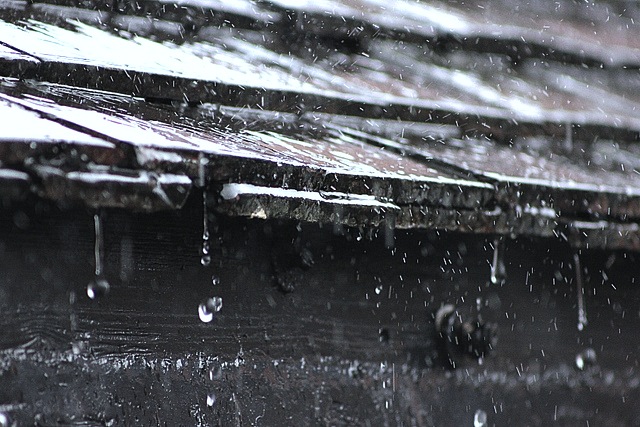
When you live ten minutes from a major amusement park and hate roller coasters, you spend a lot of time sitting on benches waiting for other people to disembark.
Upon finding myself with downtime in public, I usually stop first at my iPhone. I won’t pretend I’m above checking Facebook notifications amidst the scent of funnel cakes on a golden fall day. But I can also turn these often mindless moments into poetry, a quick on-the-spot habit worth practicing at least a few times a week.
Raging Bull is one of the highest-thrill coasters at Six Flags Great America. It starts with a turn, climbs a hill, then drops 208 feet into a tunnel before hammer-heading and helixing, reaching a top speed of 73 miles per hour. You couldn’t pay me to ride it. But over the years, I’ve grown quite fond of observing it from afar.
Recently, while waiting for my husband and kids to finish flinging themselves through the clouds, I decided to use that time to create some similes on the spot.
Similes are just metaphors that use direct comparison words, such as “like” or “as.”
During a typical poetry unit, much fuss can be made about differentiating among similes, metaphors, and personification, but they’re basically all figurative language–speaking about one thing in terms of another. The point isn’t memorizing terms as much as learning to think metaphorically.
Metaphor: The electric bass was a thunderstorm
Simile: The electric bass sounded like thunder
Personification: The electric bass growled at me
Infusing your poetry with figurative language turns it from merely descriptive writing into a transformative experience for the reader. While adjectives offer a surface understanding of an object, metaphors invite the mind to re-envision it.
Compare these two sentences:
The electric bass was loud.
The electric bass rumbled through the house like a line of tanks.
You can practice writing this way anywhere, any time. Writer’s block? Never a concern. As long as you have the five senses, you’ll always have five good ideas. Here are a few similes I “jotted” on my notes app as I observed the first, steep lift of the Raging Bull:
The roller coaster is like. . .
Sight: a tangerine peel, a bull’s horns
Sound: car parts dropped into a dump, skeletons in chains
Touch: a chill across the skin, the shiver before a sneeze
Now, unless I want to be kicked out of the park, I can’t very well taste the roller coaster. Smell it? Perhaps, but I’d have to get too close for my liking. But what if I were to imagine the senses that aren’t readily available? Confusing the senses, an actual medical phenomenon, is known as synesthesia. Sometimes the brain/sense communication pathways get disrupted, causing a patient to taste cinnamon, perhaps, upon “hearing” a violin. It’s a rare and maddening disorder. However, in the world of writing, synesthesia can be redeemed for poetic good.
If the roller coaster had a smell, what would it be? How would I describe the “smell” and “taste” of that 200-foot climb?
Smell: the iron scent of blood
Taste: overdose of red pepper
These similes may read more obscurely than the others, but they come from a visceral, sensory response in my imagination.
Try it yourself. Next time you’re in line, waiting for an oil change, or just sitting for a moment with your morning coffee, type or write down the five senses, fix your attention on an object, and imagine some similes. They don’t have to “make sense.”
That roller coaster climb isn’t steep and suspenseful. It’s an insuck of hot pepper, the iron scent of blood, a clank of bones I’ll stay far away from, thank you. But I might write a scary poem or two.
Photo by Patrick McGarvey, Creative Commons, via Flickr.



